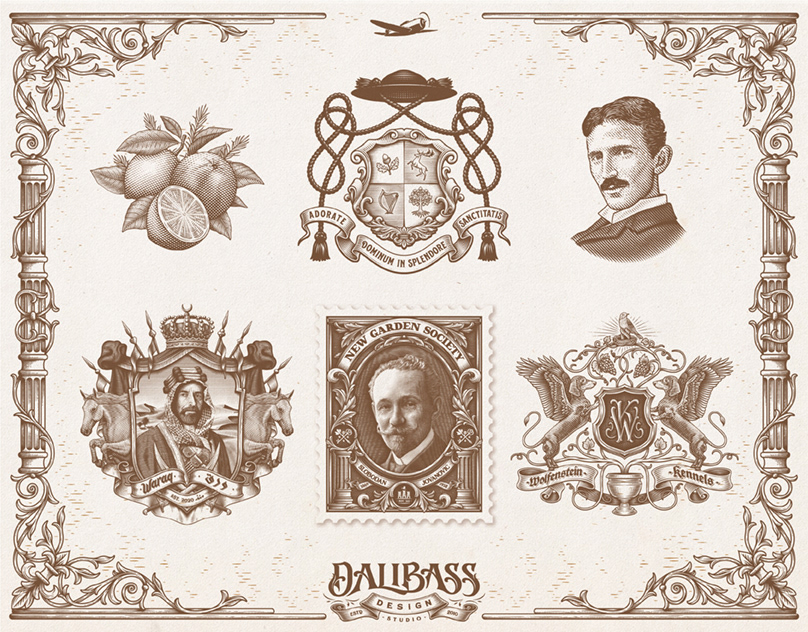CANDANGOS Main Title Design
CANDANGOS is a Title Sequence for an imaginary Feature-length Documentary Film. I Wanted to sharp my Design skills during quarantine so I decided to create this Styleframes as a study.
In order to have a context and be able to tell the story in an immersive way, I created this imaginary film. CANDANGOS.
“A Documentary Film from the point of view of an Architectural Photography Reporter from the late 50s. This Photographer was sent to accompany the building of the new Brazilian capital, Brasilia, between 1957 and 1960. Living among the workers who built the city, he found out about the lack of quality of life and the mistreatment suffered by those people, called Candangos. He ends up dealing with danger and powerful people, bringing imminent danger to himself”.
One of the challenges in creating this project was to find the right images to tell the story. Original photographs from the time of construction. After that, deal with all the limitations that these photographs brought. I don't have any rights on the photographs and this is a project made for the purpose of learning. The images are from the Federal District Public Archive and the Moreira Sales Institute.
The names in the credits were borrowed from my favorite Brazilian film, Cidade de Deus (City of God). Also one of my favorite Directors, Fernando Meirelles.
*Scroll Down to read more about the State of affairs in Brazil 1956.


















State of affairs:
It is estimated that the city has attracted around 60,000 workers from all over Brazil. These workers became known as "candangos". To shelter them, sheds were built with minimal comfort structures. In 1957, the surroundings of Brasília already had more than 12,000 inhabitants.
Workers were also under pressure of all kinds to rush construction. From the two-shift day to payment withholding and water cuts. There was no specific protective equipment and it is estimated that more than 3,000 workers died during the works.
The work was intense; inspection is null. Poor conditions and frequent accidents at the construction sites have proliferated reports that dead workers' bodies were deposited on concrete columns that support three of the capital's most iconic symbols - National Congress, Esplanade of Ministries and TV Tower.
An episode that became known as the “Pacheco Fernandes Massacre” divides opinions and remains a mystery. It is a fact that there was a confusion at the construction site of the construction company that gives the case its name, on the night of February 8, 1959. Two workers went to complain about what would be a bad meal, which caused confusion. Called to reinstate the order in the camp, the Brasília Special Guard (GEB), created to take care of the public security of the capital under construction, sent two soldiers, who were surrounded by the workers and retreated.
GEB sent reinforcements. The government's version at the time is that all soldiers were ordered to come shooting in the air. In case it was necessary to deal with someone more violent, the command was to shoot in the legs.
In the official investigation, there were 48 injured (most with minor abrasions) and one dead. However, the story told by those who attended Brasilia under construction is more obscure.
What is said in the statements is that the police shot the workers while they slept. A total of 120 suitcases were never picked up at the accommodation.
The common report points out that, as activities could not stop, there was a symbolic wake and the construction site went on normally after concretizing another body.
Such relations can be summed up by a statement given by the then Minister of Health, Mário Pinotti, on February 4, 1960. In the final stretch of the construction of Brasília, the politician told a Jornalist that "the candango supports 12 to 14 hours of daily work "after being" freed from malaria, yaws, trachoma, worms and better fed ".
The tension in those times was high and went beyond the construction sites. On December 12, 1960, eight months after the inauguration of the capital, federal deputy Gurgel do Amaral went to the gallery to denounce beatings suffered by workers, "often without greater guilt than simple drunkenness" and reported that "even the nails of prisoners have been plucked off ”.









